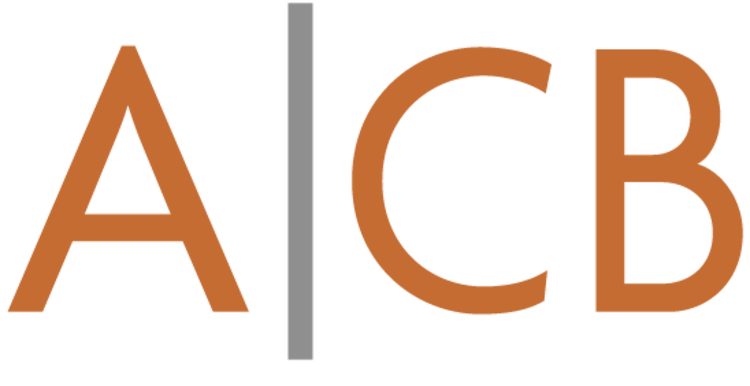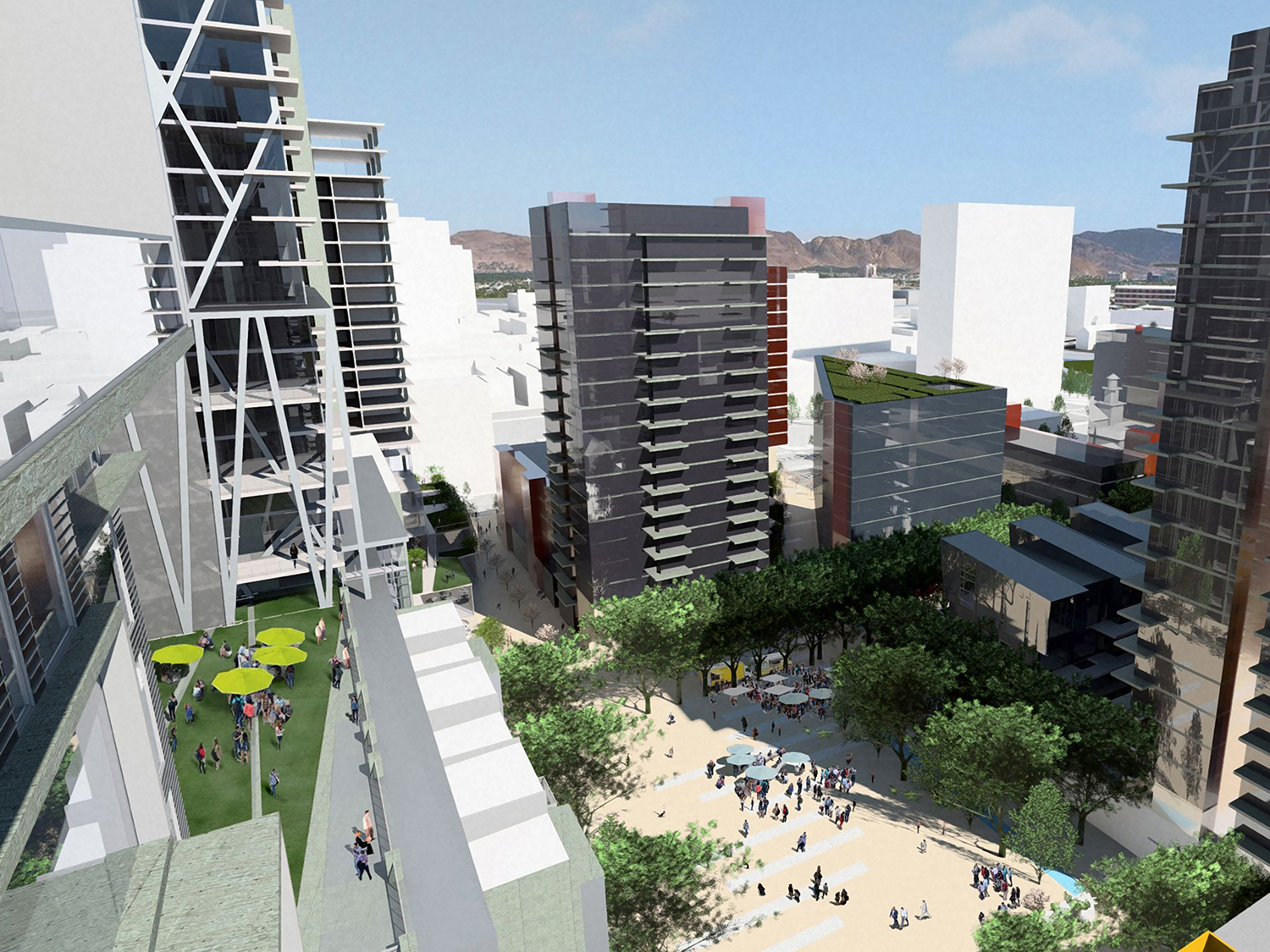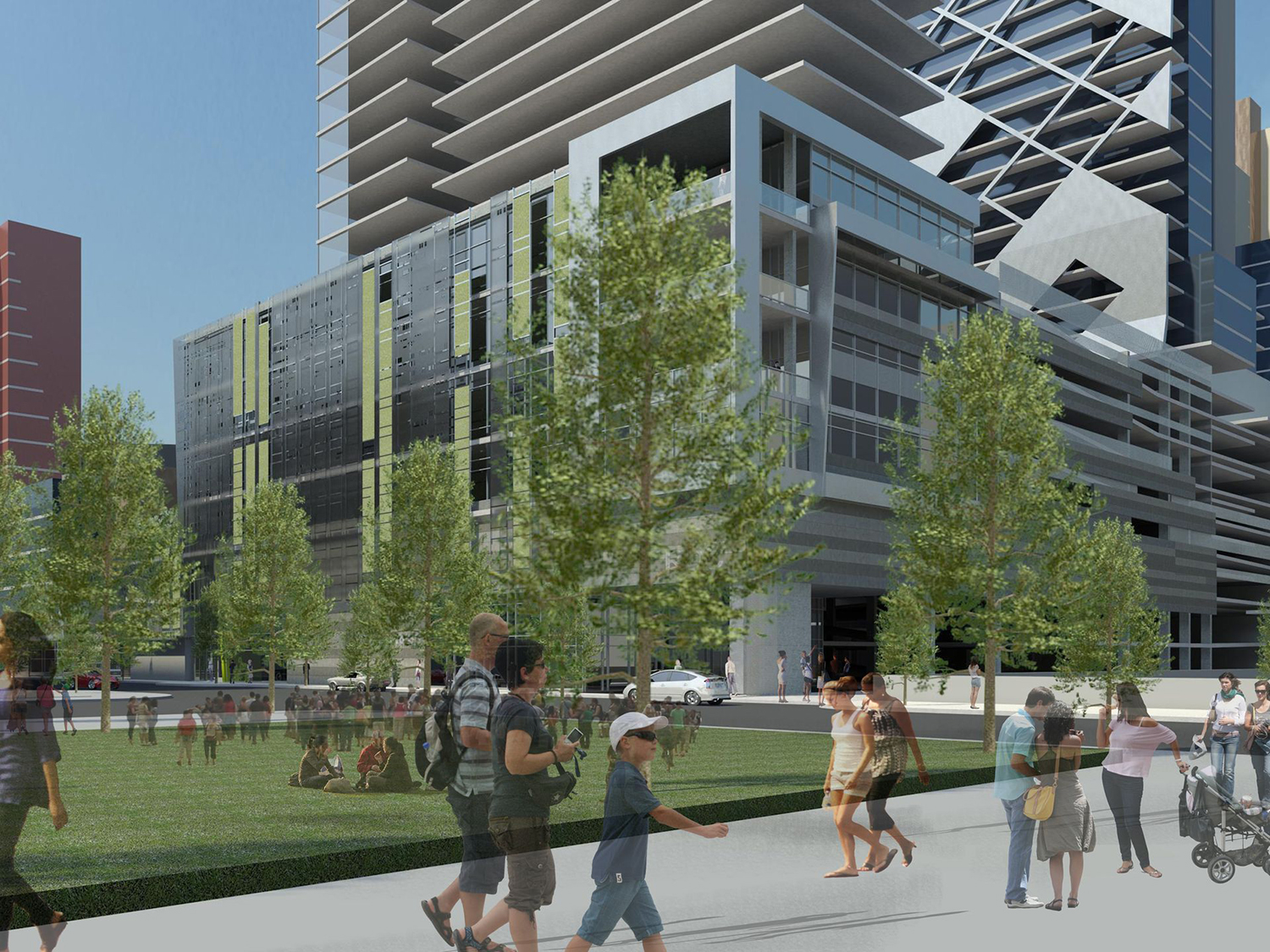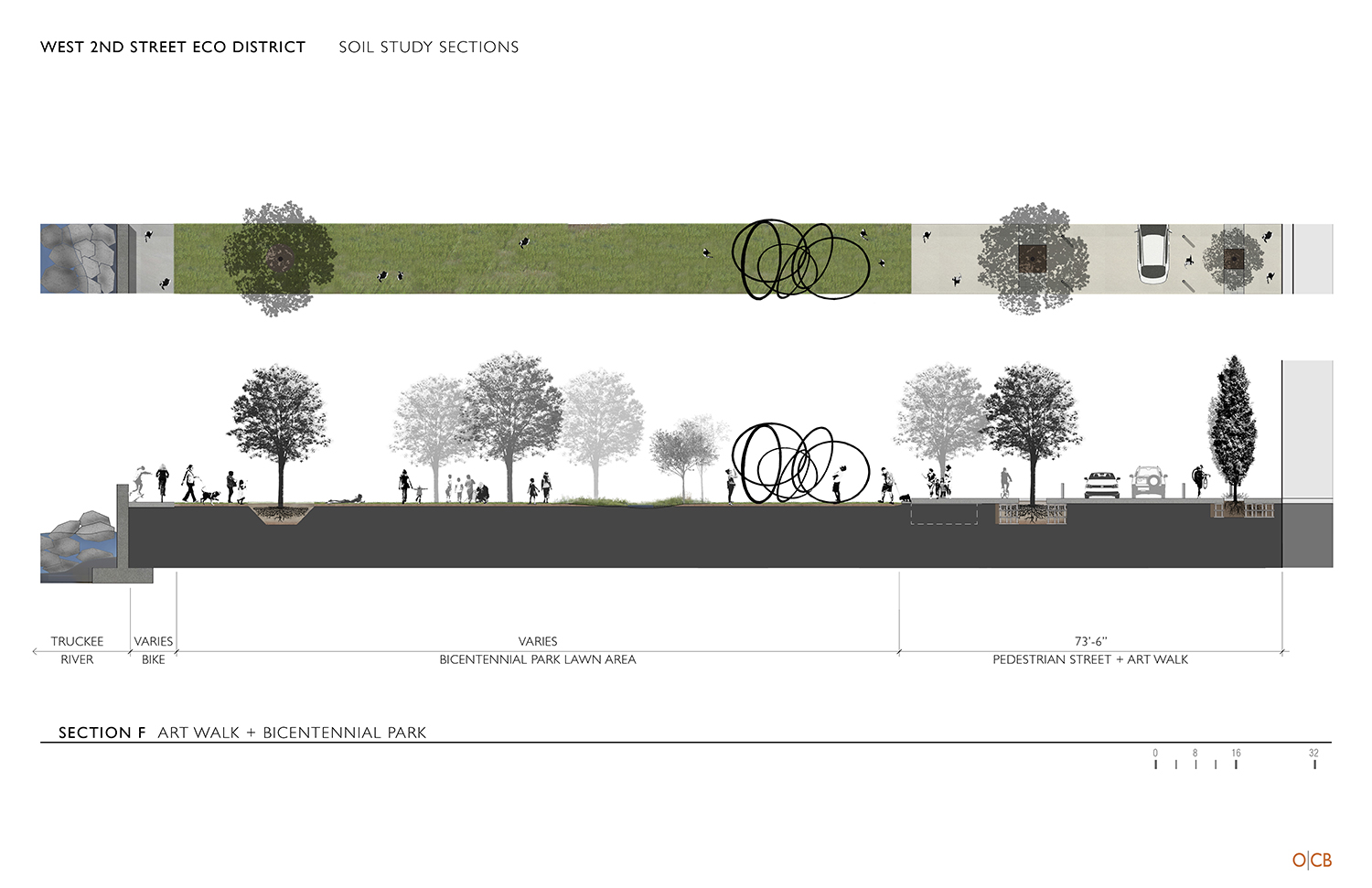Resilience is the name of the game if American cities want to remain adaptable in the face of change. So what is an ecodistrict and why does it matter?
While the term was coined decades ago in Europe, we’ve only recently started referring to urban resilience zones as ecodistricts here in the United States. Portland coined the term with the creation of the Lloyd EcoDistrict, a model for sustainability in the US.
In simple terms, an ecodistrict is a habitable, energy-independent, self-contained zone that recycles its waste, cleans and creates clean water, and supports an urban forest that in turn generates clean air and other social and ecological benefits. These urban resilient zones operate independently of the larger urban grid. The idea behind this can be boiled down to a basic biological tenet: diversity means strength. If a city were composed of a patchwork of these independent resilient zones, no single event could impact everyone to the same drastic extent. An additional advantage of this patchwork of sustainable resilient zones is the significant decrease in the city’s total waste.
O|CB is proud to be working on West 2nd District, the first ecodistrict in the high desert biome whose bioregional impact and function will be significant and pronounced. When it is completed in ten years, the project will stand as an example of landscape urbanism and civic innovation, making Reno the Biggest, Greenest, Little City in the West. In alignment with its goals for environmentally and socially equitable spaces, the West 2nd District emphasizes landscape architecture as a key component of the project’s infrastructure design. The result is a complete system with an expected 30% to 40% water reclamation rate, critical in a water lean future.
Martin Pedersen posits that landscape architects can help save the world. While we’re admittedly partial, we wholeheartedly agree with him. It will take some serious dialogue and interdisciplinary collaboration to get things moving in the right direction but ecodistricts are an example of how things can work out well. When science and design meet, and practitioners share a holistic approach and a vision for the long game, we are collectively stronger.
Learn more about our work on the West 2nd District.







